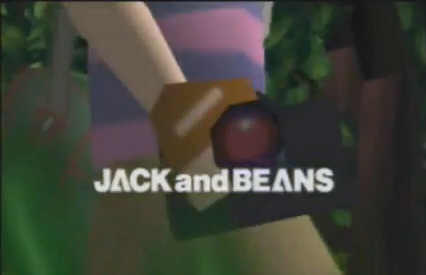In 1997 Maxis announced Simcity 3000 and had a full trailer. The trailer was rendered full in game using the game engine. The trailer was not well received due to fan concerns that the game would be too powerful for then current gen hardware. Maxis later announced that the spring 1998 release would be pushed to Spring 1999. In under a course of 1 year, Maxis redeveloped the game from scratch, which turned out to be the game we got today. The full 3D aspect Maxis wanted for the simcity series finally returned 10 years later in the 2007 game, Simcity Societies.
The video below is the exact trailer shown at E3 1997:
The official reason for the delay and redevelopment was:
Originally, Maxis planned to make SimCity 3000 a full 3D game. Although employees thought the idea was impractical, the management pushed the idea. After a year of development, the game was graphically on par with SimCopterand Streets of SimCity. The game was displayed at the 1997 E3; the experience is still considered an embarrassment and the game was expected to fail at the time.
Later, in 1997, EA acquired Maxis. Luc Barthelet was assigned as general producer to Maxis. He decided that 3D graphics weren’t viable and brought Lucy Bradshaw to lead the project. The 3D graphics were scrapped in favor of sprite-based graphics. Instead of focusing on 3D, they expanded the core gameplay. This version of the game did better at the 1998 E3 and was well-received upon release.
The game that was scrapped would of featured a sim mode and drive mode, which were not present in the final build. However, they were restored in Simcity 4. The full 3D aspect returned in the 2007 game, Simcity Societies.
More photos of the scrapped build can be seen below:
Thanks to the Simcity Wiki for the information.

